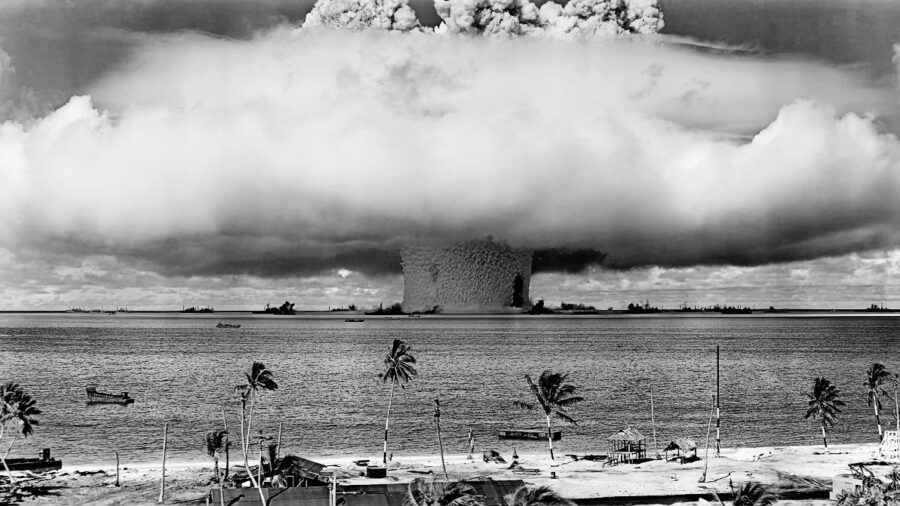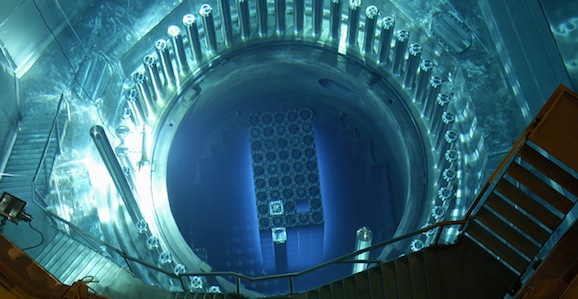US Scientists Just Hit A Nuclear Fusion Goal Over A Half-Century In The Making
This article is more than 2 years old

Reporting from The Independent says that US scientists have successfully achieved a net energy gain during a nuclear fusion experiment. Scientists at the Lawrence Livermore National Laboratory in California reportedly produced 2.5 megajoules of energy during an experiment that required 2.1 megajoules to power, providing a 120% net output of energy. At this time, the success of the experiment has been confirmed but there likely won’t be further comments until an official statement is made.
Achieving net energy gain from nuclear fusion is a feat that the field has been striving for since the early 1950s, and this successful experiment could be a step forward for renewable energy. While nuclear power has been touted as a potential replacement for fossil fuels, the process of creating nuclear energy has typically been done through nuclear fission. Advocates of fusion say that it’s much safer than creating energy through fission reactions.
To produce this successful nuclear fusion result, the scientists used the world’s largest laser on a pellet of hydrogen plasma to create a fusion reaction. The sun generates its energy through a similar process, fusing hydrogen nuclei into helium in massive amounts every second. In fission reactions, the atomic nuclei split apart instead of combining, releasing large amounts of energy in the process.
According to reports, US energy secretary Jennifer Granholm and US under-secretary for nuclear security Jill Hruby will be making an official announcement about the experiment on Tuesday. The Biden administration has put a strong emphasis on supporting the development of clean energy technology, including nuclear fusion. The Head of the White House Office of Science and Technology Policy Alondra Nelson specifically pointed out fusion as part of the suite of “clean energy gamechangers.”

While there are many proponents of nuclear fusion and other nuclear energy sources as a crucial element of leaving fossil fuels behind, nuclear also has its share of detractors. Some of the biggest criticisms of nuclear energy point out factors such as cost, radioactive waste, air pollution, nuclear plant meltdown risks, and lengthy planning periods to build new reactors. Critics of fusion specifically point out slow development and lack of measurable success despite the massive time, money, and resources spent on research.
Despite this criticism, the climate change conversation is gradually coming around to accepting nuclear power as a stepping stone to a fossil fuel-free society. While not everyone views it as an ideal solution, many view it as a necessary one that will help us make the transition before further damage is done by fossil fuels, other environment-damaging resources, and technologies. If nuclear fusion can be proven to be safer and cleaner than fission energy while producing similar output, then it would likely be viewed as the best nuclear energy solution available.
Billions of dollars and numerous resources are currently being funneled into nuclear energy and the research of nuclear fusion. Whether or not fusion is the clean energy game-changer that some people view it as, it’s certainly promising to see some degree of success in this long-gestating field of research. The scientific community is sure to have more thoughts after an official announcement about the experiment is made tomorrow.












